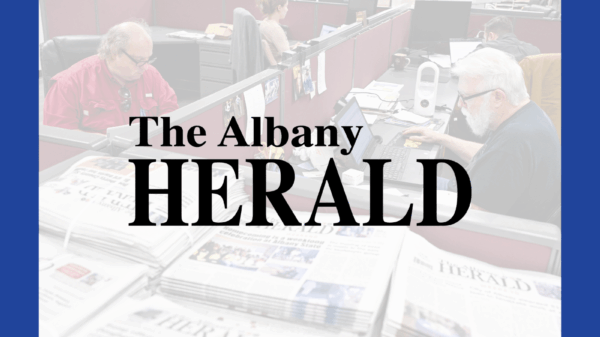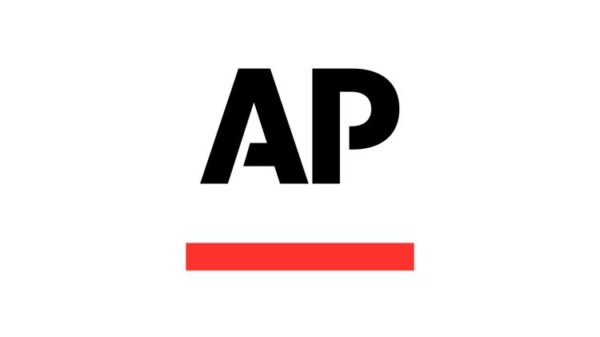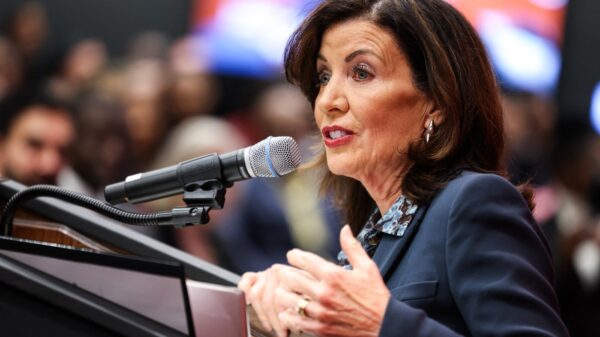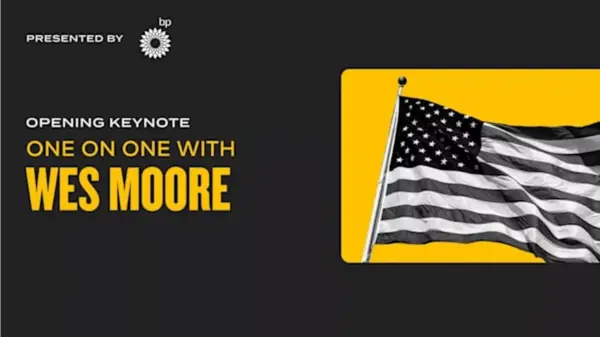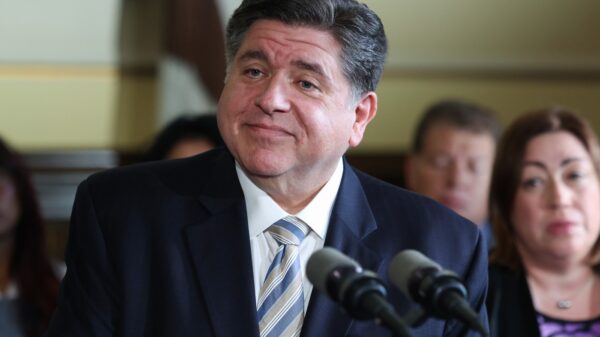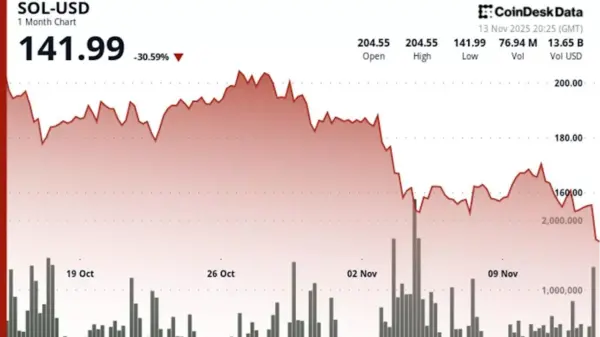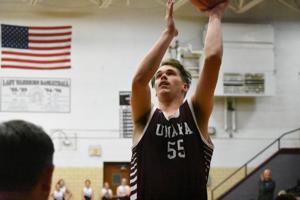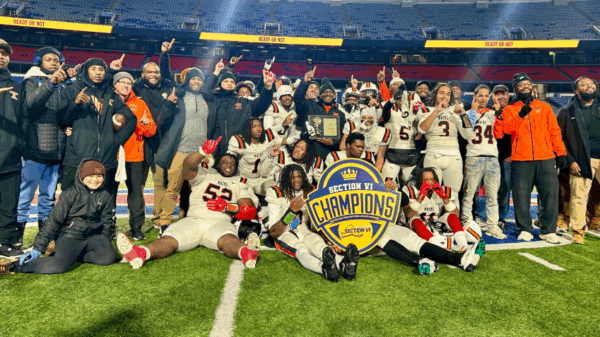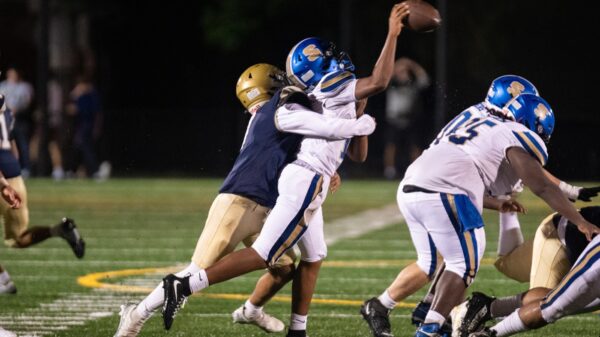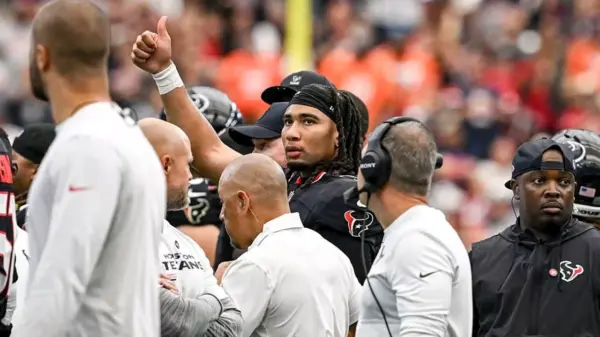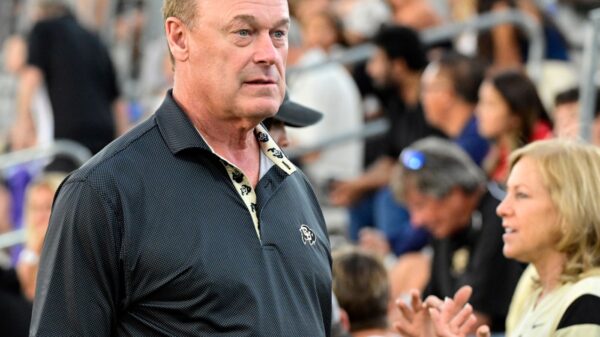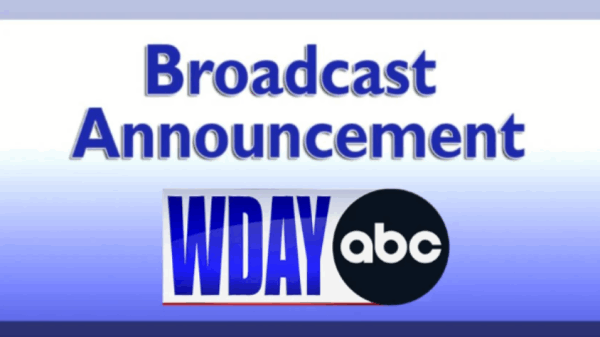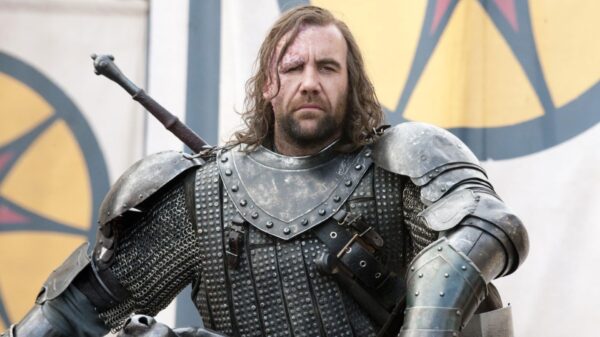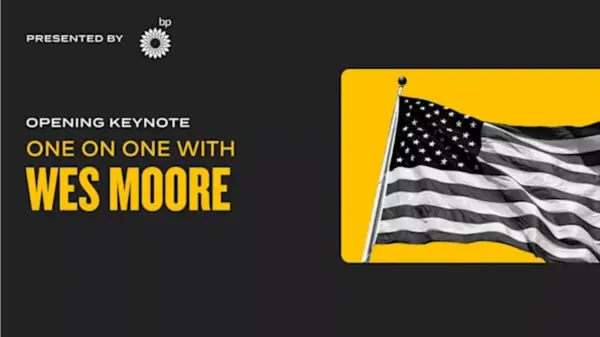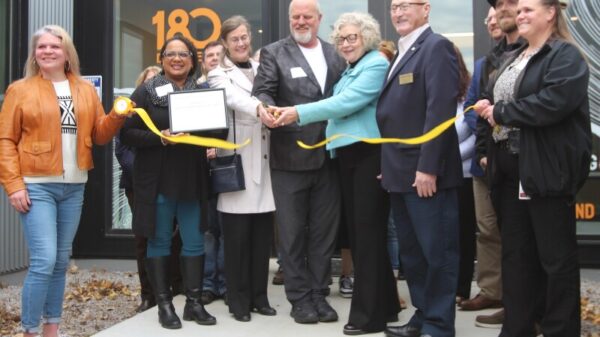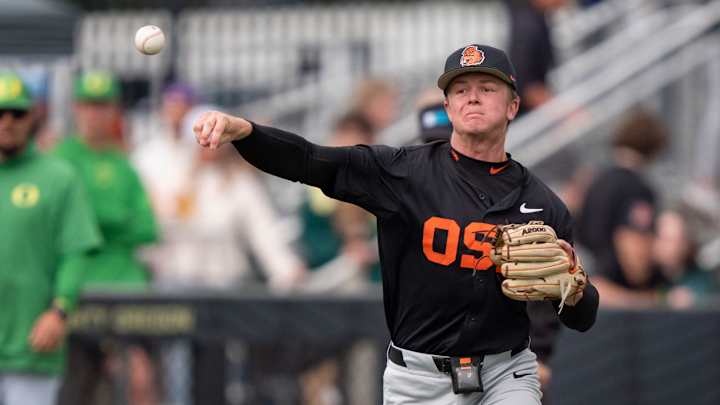Trent Caraway, a standout player for the Oregon State Beavers, recently entered the transfer portal following a season where he recorded a batting average of .267, an on-base percentage of .350, and a slugging percentage of .470. As the 2025 MLB Draft approaches, Caraway is currently ranked as the 145th prospect by MLB Pipeline and 175th by Baseball America. His decision to enter the portal raises questions about whether he should pursue a professional career if drafted.
Caraway, who joined the Beavers as a top-100 prospect out of Serra High School in California, made headlines by breaking the single-season hits record previously held by Royce Lewis, the top overall pick in the 2017 draft. In his freshman year at Oregon State, he posted impressive statistics, slashing .339/.431/.516 with two home runs and ten RBIs. His wRC+ of 130 indicated that he was significantly above average in offensive production.
Transitioning into his second season, Caraway faced challenges that affected his performance. He managed to reduce his strikeout rate from 31.9% to 23.1% while increasing his walk rate from 8.3% to 10.5%. Despite these improvements, his overall production dipped, resulting in a below-average wRC+ of 86, where the league average stands at 100. According to MLB Pipeline, “He appeared to have lost his confidence,” as he struggled with aggressive swings that led to numerous strikeouts.
In the postseason, Caraway demonstrated his potential by being named the MVP of the Corvallis Regional. He hit six home runs during the tournament, a record for the Beavers in a single postseason. This performance showcased his raw power and bat speed, noted by Baseball America, which described Caraway’s ability to generate tremendous force from his 6-foot-2, 200-pound frame. The report highlights his potential for hitting towering home runs, especially to his pull side, although it also points to concerns regarding his pitch recognition and batting approach.
As the draft approaches, Caraway’s prospects remain uncertain. Major outlets have not projected him to be selected in the first two rounds. This raises the question of whether he should pursue a professional career immediately, should he be drafted, or focus on transferring to another college program. A transfer could allow him the opportunity for a strong season where he could aim for 20 home runs and potentially elevate his draft stock for 2026.
If offered a significant signing bonus by a Major League team that surpasses any name, image, and likeness (NIL) offers he might receive from collegiate teams, Caraway may opt to go professional. This decision would require him to adapt quickly to the higher level of competition in the professional ranks, where he would face increased pressure to succeed.
Caraway’s situation serves as a pivotal moment in his baseball career, as he balances the prospects of collegiate development against the allure of turning professional. Whether he chooses to transfer or enter the draft will shape his future in the sport, making this decision crucial as he navigates the path ahead.

